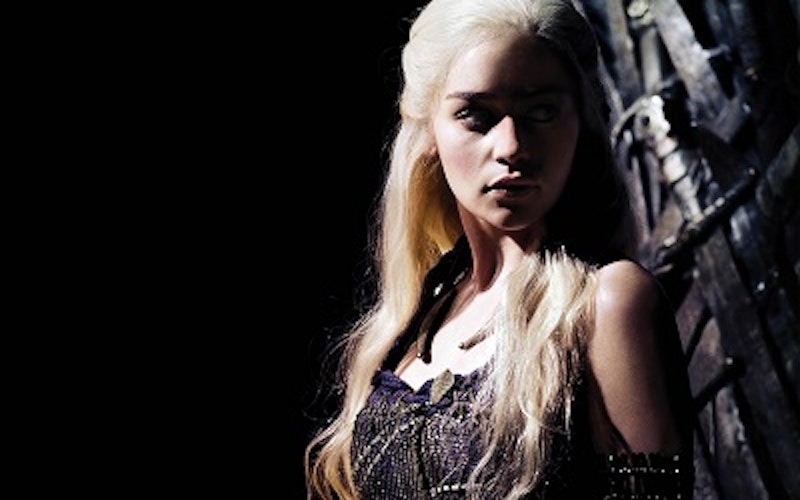
TV
Giving up on Game of Thrones
Can art be good if it’s inherently opposed to a Christian point of view?
This is a question I’ve been wrestling with while watching HBO’s Game of Thrones, which wraps up its season finale on Sunday. Although I had been a loyal viewer of the series, I've given up on the show in recent weeks.
Game of Thrones is based on a popular, ongoing series of fantasy novels written by George R. R. Martin. Set in the fictional land of Westeros, Game of Thrones is the Bizarro World iteration of The Lord of the Rings. Both are set in somewhat similar lands, full of kingdoms and dragons and deep mythologies, but where the hope of redemption is a central element of The Lord of the Rings, Game of Thrones traffics in the desolation of beauty, the impotence of goodness, and the unlikely proposition of redemption.
In C.S. Lewis’s Narnia series, there was a white witch who ruled as queen; during her reign it was always winter, never Christmas. This is an apt description of Westeros, where a years-long winter is prophesied to strike soon. The truth is, Westeros is always in winter: horrific violence and torture rub shoulders with pointless nudity and graphic sex. People do horrible things to each other and a watching world shrugs. Game of Thrones is nihilism set to an epic scale. This is made abundantly clear in the first season, when the man we thought was our hero dies a traitor’s death. We realize that in Westeros, the truly virtuous are actually naive.
I don’t need my art to be full of fluff and optimism, but I do need it to have hope.
Yet the show is in some ways a masterpiece. The writing is great. The characters have a surprising amount of depth, even though there are dozens of them. And it’s hard to not care for this miserable kingdom, full of horrible people but also of good people futilely trying to fight them.
Perhaps the most surprising facet of Game of Thrones is its ever-present spirituality and mysticism. The proud and power-hungry in the capital of King’s Landing dismiss the rumors they hear of gods and miracles and approaching evil as vague superstitions of uneducated peasants. But the spiritual forces in Westeros are deathly real. The fastest growing religion in Westeros is the worship of the “lord of light,” who so far has resurrected a man several times and each time taken pieces of his soul. This figure has also caused his priestess to give birth to a demon-child assassin (a moment somehow more terrifying than that sounds) and demanded the murder of hundreds of people. The gods are angry in Westeros and indiscriminate in their wrath.
The scholar/theologian N.T. Wright once described secularism as an attempt to pave over the human desires for the transcendent. However, he argued, we can still see the human thirst for spirituality bubbling underneath, cracking the concrete, about to erupt. I think about this often when reading books, watching movies and televisions shows or visiting a museum. Art is (sometimes unintentionally) a way to see the weak spots in the concrete, and to celebrate them.
I wonder if Martin and his adapters at HBO feel the weakening too. In Game of Thrones the power-hungry materialists fight and steal and kill while the lord of light’s shadow stretches over the land. If this is how Martin sees the spiritual world then he’s not wrong - there is an evil that prowls about our world, he does masquerade in light and he does deserve a lower case “lord.” Unfortunately, so far, that’s the final word in Westeros.
And that as much as anything is why I gave up watching. I don’t need my art to be full of fluff and optimism, but I do need it to have hope. And no hope is possible while Westeros’ “lord of light” is in charge.
Topics: TV